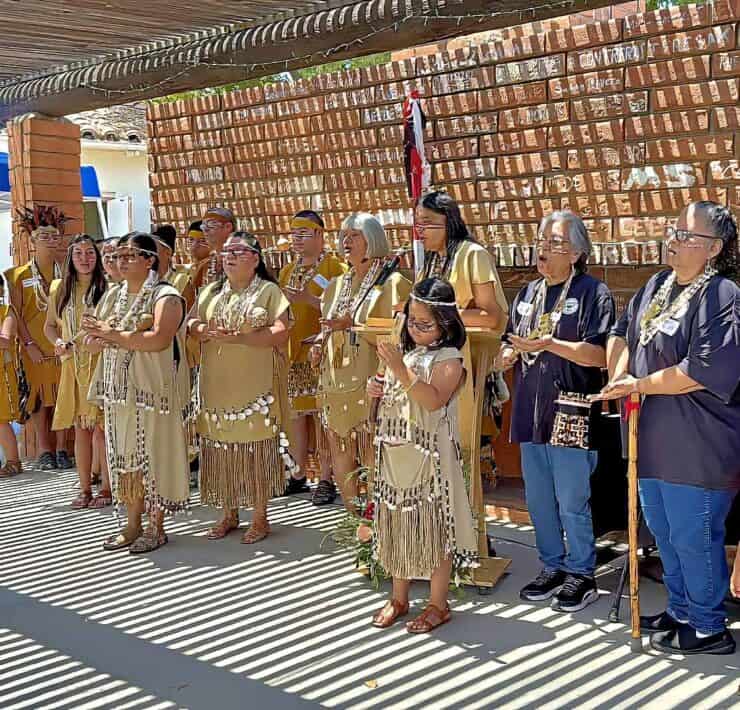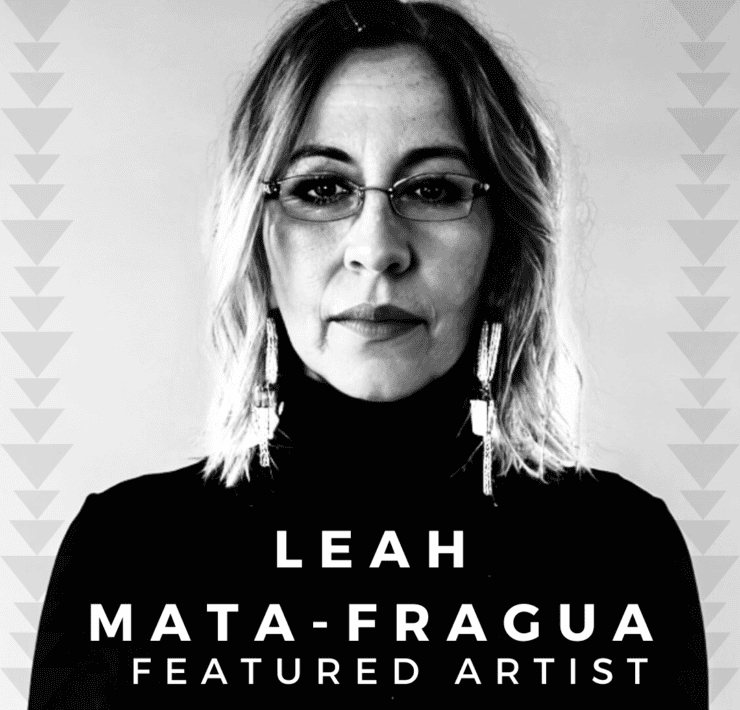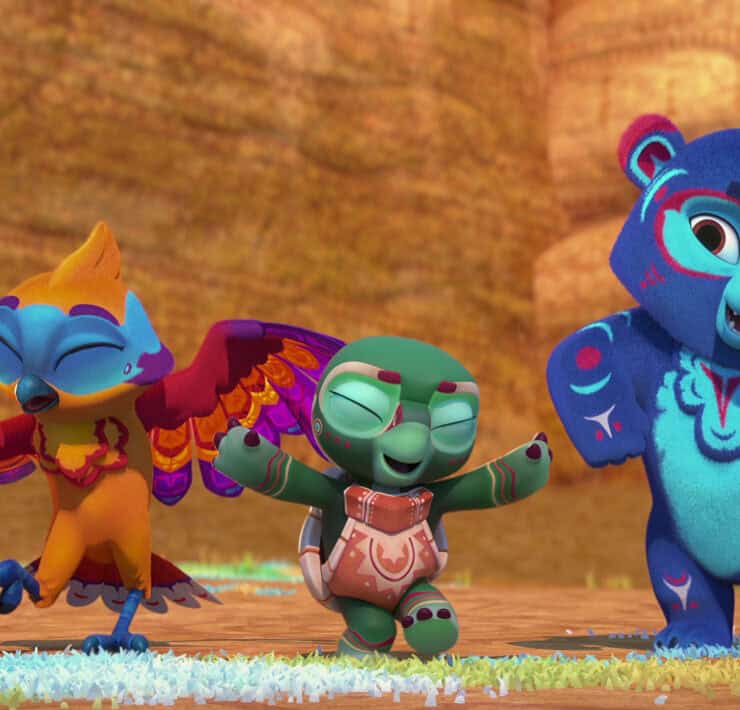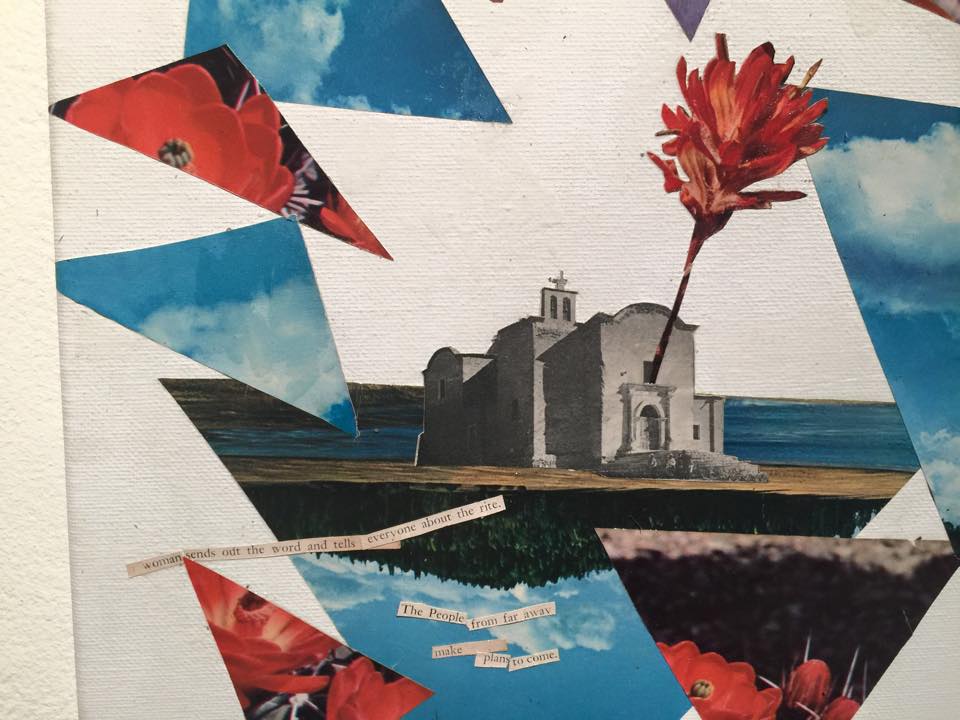
Visions Into Infinite: Chumash Beauty
By Vincent Medina
Today marks the closure of the Black Salt Collective’s show at SOMArt Gallery in San Francisco, named Visions Into Infinite. In the curatorial statement of the Collective’s show, they unabashedly state “We not only imagine a future that sheds white supremacist, heterosexual, and patriarchal ideals, we create a universe where the dreams of our ancestors and the hopes of our descendants live and interact.” This show was truly something incredible; a show that transcended ideals imposed on people of colors, and the LGBTQ community to showcase personal expression on terms provided by the artist.
I had the privilege of previously meeting Sarah Biscarra-Dilley (Chumash) before this show commenced, and have been inspired by her art work; artwork that blends Chumash beauty and knowledge, with the realities Indian people have experienced after missionization. Her work, which defiantly incorporates untranslated šmuwič words, is honest, truthful, beautiful, and full of integrity, and it’s a first person narrative of her personal experiences of being a Chumash woman. Sarah asked me to share Chochenyo words at the gallery opening, as the opening was in San Francisco, in Ohlone land, and I was grateful to do so. I asked her to share her thoughts and experiences on being a Chumash artist, and what drives her passion and art; she graciously shared her experiences. I would like to thank Sarah for adding this California Indian beauty into our world.
“My experience mirrors something that I witness as common with many other displaced or unrecognized California Indian people– one tracing tradition and cultural knowledge apparent in minutiae and testimony and varied practices just as clearly as profound fracture, spatial rupture, and physical shift. I grew up between urban and rural environments. I did not grow up within the ranges of ancestral homeland. My maternal ancestors were ranch laborers and tricksters, farmworkers and survivors of the mission system as well as people who fled. My family’s experiences and the experience of being raised in it are marked by deep knowing and extreme secrecy, intergenerational grief and patterns of survival, irreverent joy and unbelievable resilience. We are complex and changing peoples!
My art is such a huge part of my prayerful practice–visual work that maps the changing topography of what it means to be a Chumash woman, what the winding path of understanding my responsibility to my community is, the complicated feelings that come with fumbling with language that feels kindred and challenging, the experience of being unrecognized, of being separated from land and water that knows my body on a cellular level, what it looks like to seek healing for myself and for my line, what it means to be a daughter, a granddaughter, a future ancestor. I choose materials that hold multiple meaning, that have complicated history, and intimate fact; repurposing or re-envisioning narratives that have sought to erase us, to wound us, as Indigenous people, turning its attempts into something that (hopefully) serves our healing and resurgence. I believe this is something our people have always done! And while each community or individual carries this in different ways, we are doing the work of healing generations.
I offer from my place as novice these šmuwič words I stumble over with still incorrect grammar or spelling, a title of the handsewn piece in the exhibition: ʔahašìš kɨṕɨ kasiyexpeč kɨṕɨ kasiyexpeč hikasʰeqenus hihusit́iminwaš k’esʰuʔušḱal “spirit they sing and sing they sing and sing it took away her fear and made her strong.” This is why I make my art. This is how I make my art. It is for all of us.” —Sarah Biscarra-Dilley
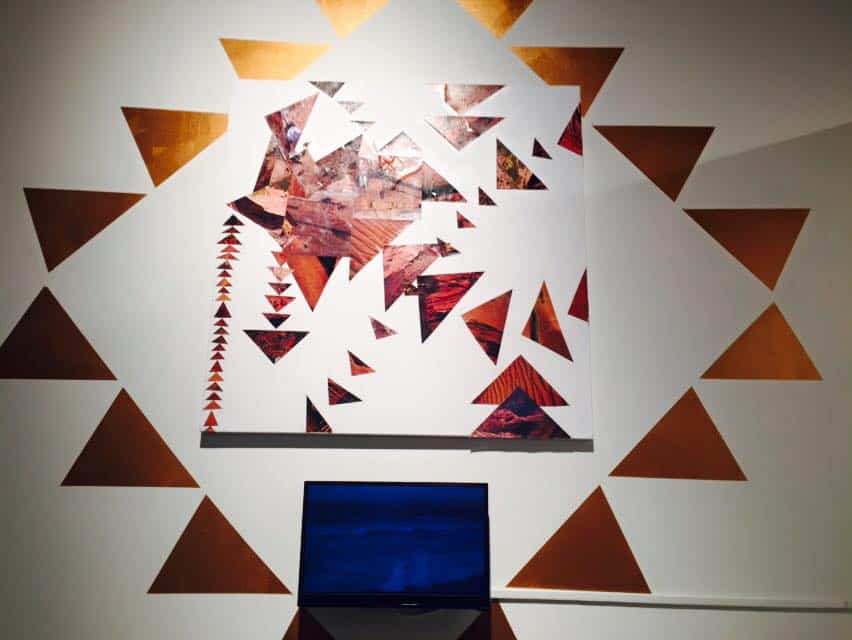



What's Your Reaction?
Excited
0
Happy
0
In Love
0
Not Sure
0
Silly
0



